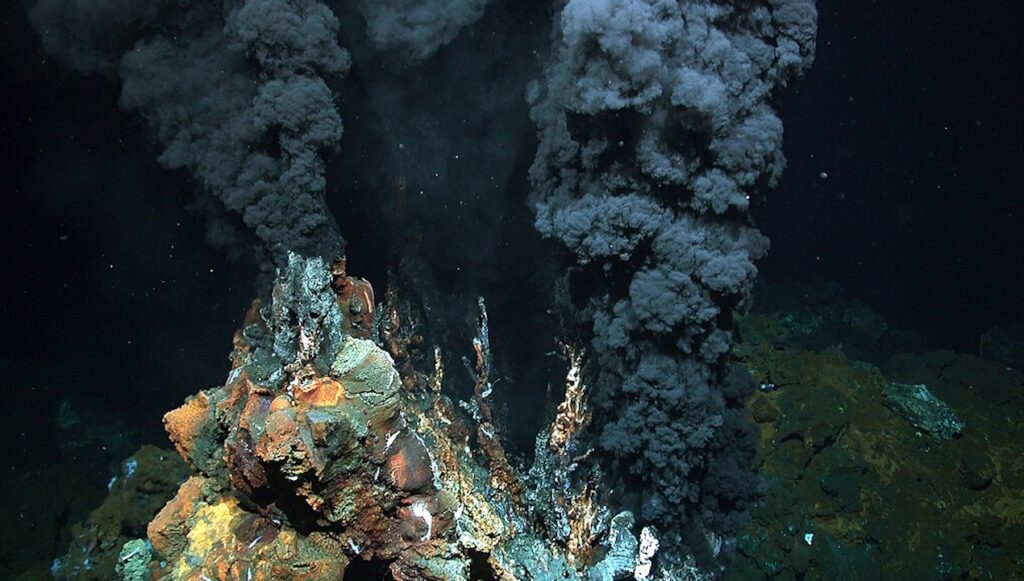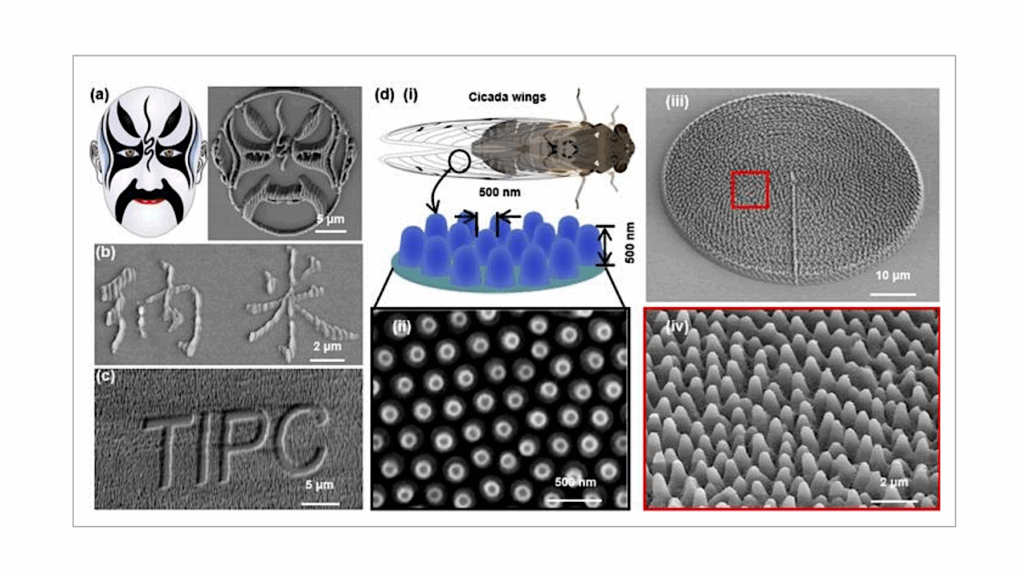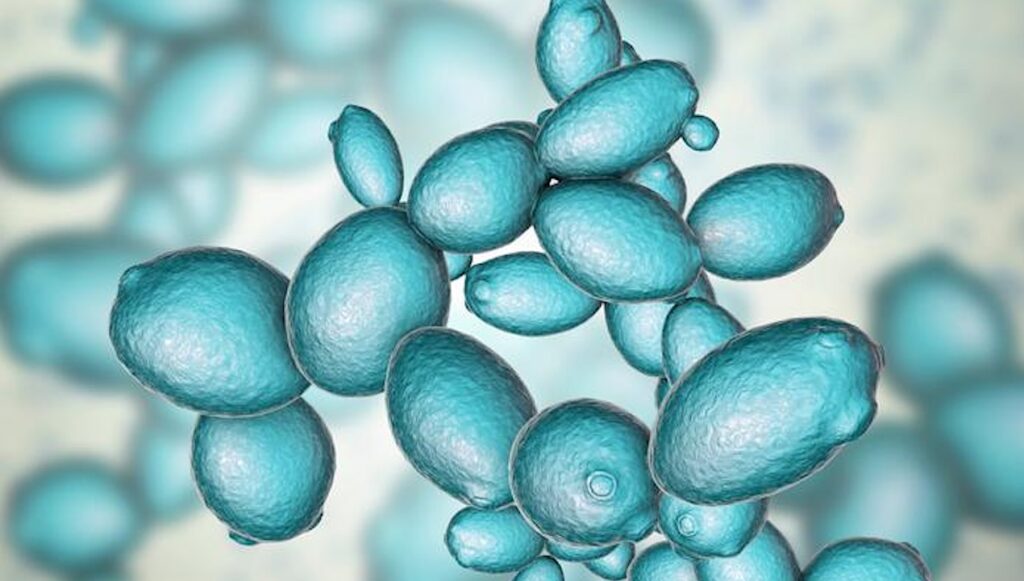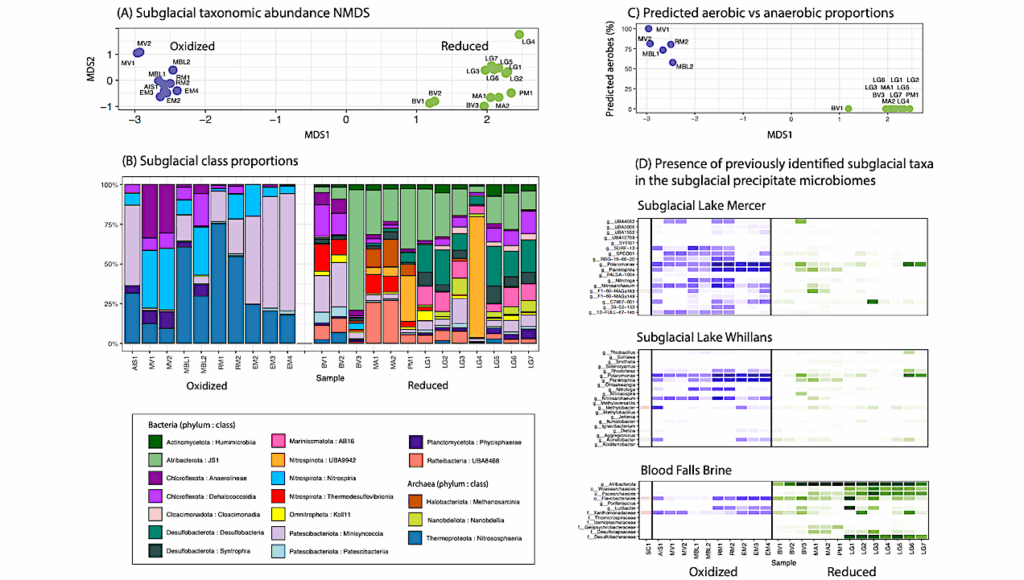Prebiotic Precursors Of The Primordial RNA World In Space: Detection Of NH2OH

One of the proposed scenarios for the origin of life is the primordial RNA world, which considers that RNA molecules were likely responsible for the storage of genetic information and the catalysis of biochemical reactions in primitive cells, before the advent of proteins and DNA.
In the last decade, experiments in the field of prebiotic chemistry have shown that RNA nucleotides can be synthesized from relatively simple molecular precursors, most of which have been found in space. An important exception is hydroxylamine, NH2OH, which, despite several observational attempts, it has not been detected in space yet. Here we present the first detection of NH2OH in the interstellar medium towards the quiescent molecular cloud G+0.693-0.027 located in the Galactic Center. We have targeted the three groups of transitions from the J=2−1, 3−2, and 4−3 rotational lines, detecting 5 transitions that are unblended or only slightly blended. The derived molecular abundance of NH2OH is (2.1±0.9)×10−10.
From the comparison of the derived abundance of NH2OH and chemically related species, with those predicted by chemical models and measured in laboratory experiments, we favor the formation of NH2OH in the interstellar medium via hydrogenation of NO on dust grain surfaces, with possibly a contribution of ice mantle NH3 oxidation processes. Further laboratory studies and quantum chemical calculations are needed to completely rule out the formation of NH2OH in the gas phase.
Víctor M. Rivilla, Jesús Martín-Pintado, Izaskun Jiménez-Serra, Sergio Martín, Lucas F. Rodríguez-Almeida, Miguel A. Requena-Torres, Fernando Rico-Villas, Shaoshan Zeng, Carlos Briones
Comments: Accepted in the Astrophysical Journal Letters
Subjects: Astrophysics of Galaxies (astro-ph.GA); Solar and Stellar Astrophysics (astro-ph.SR)
Cite as: arXiv:2008.00228 [astro-ph.GA] (or arXiv:2008.00228v1 [astro-ph.GA] for this version)
Submission history
From: Victor Manuel Rivilla
[v1] Sat, 1 Aug 2020 09:48:42 UTC (326 KB)
https://arxiv.org/abs/2008.00228
Astrobiology








